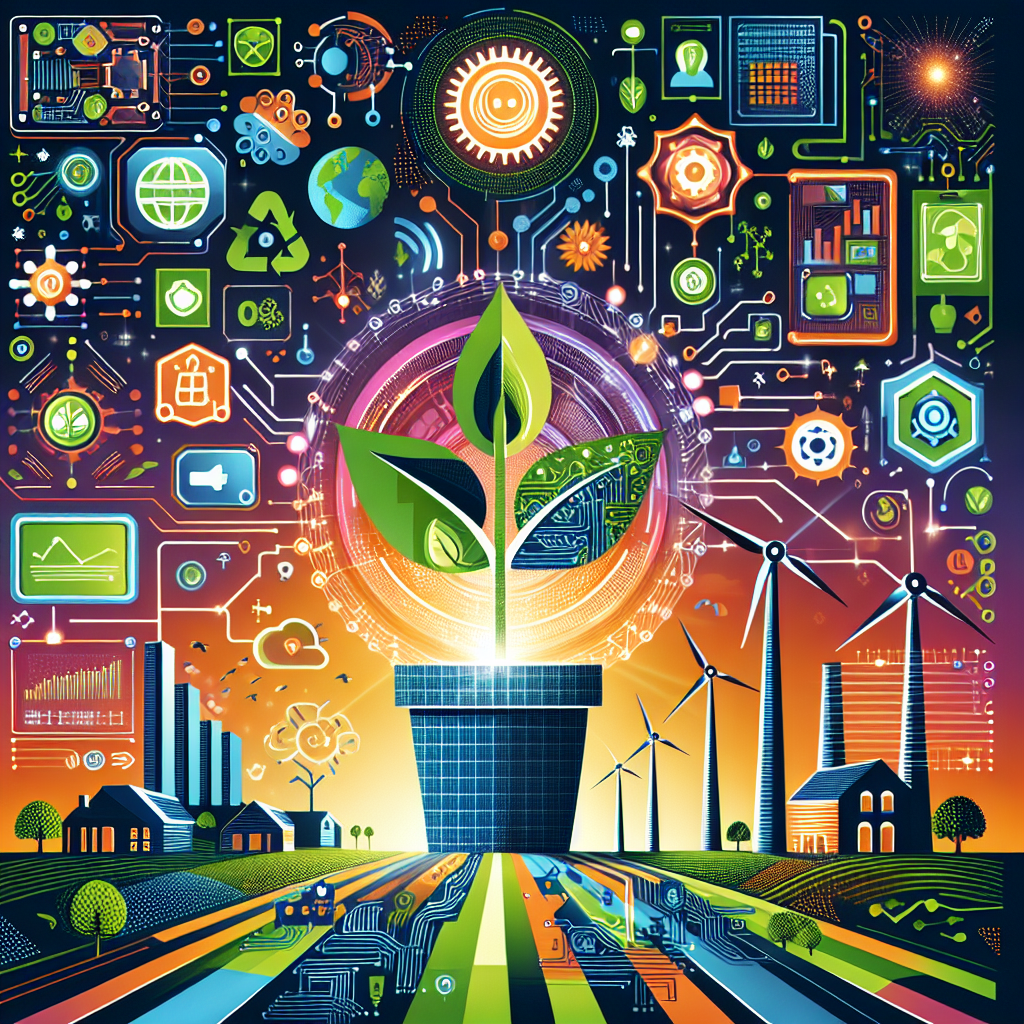Artificial Intelligence (AI) has the potential to drive sustainable innovation in developing countries in a multitude of ways. From improving healthcare to enhancing agriculture, AI can help address some of the most pressing challenges faced by these nations. By leveraging the power of AI, developing countries can leapfrog traditional development pathways and accelerate progress towards achieving the Sustainable Development Goals.
AI in Healthcare
One of the areas where AI can have a significant impact in developing countries is healthcare. By using AI-powered tools such as diagnostic algorithms and predictive analytics, healthcare providers can improve the accuracy and efficiency of medical diagnosis and treatment. This is particularly important in regions where access to healthcare is limited, as AI can help bridge the gap by providing remote healthcare services and telemedicine solutions.
For example, AI-powered mobile applications can help individuals in remote areas monitor their health conditions and receive timely medical advice. This can be especially useful for managing chronic diseases such as diabetes and hypertension, which are prevalent in many developing countries. By using AI to empower patients to take control of their health, healthcare providers can reduce the burden on overstrained healthcare systems and improve health outcomes for populations in need.
AI in Agriculture
Another area where AI can drive sustainable innovation in developing countries is agriculture. By harnessing the power of AI to analyze data from sensors, satellites, and drones, farmers can make more informed decisions about crop management, irrigation, and pest control. AI can help farmers increase crop yields, optimize resource use, and reduce environmental impact, leading to more sustainable and resilient agricultural systems.
For example, AI-powered crop monitoring systems can help farmers detect early signs of diseases and pests, allowing them to take timely action to protect their crops. By using AI to analyze weather data and predict crop yields, farmers can make better decisions about planting and harvesting times, maximizing their productivity and profitability. AI can also help smallholder farmers access markets, connect with buyers, and improve their bargaining power, leading to increased income and economic empowerment.
AI in Education
AI can also play a crucial role in improving education outcomes in developing countries. By using AI-powered learning platforms and adaptive learning algorithms, educators can personalize instruction and support students with different learning needs. This can help address the challenge of overcrowded classrooms and limited resources, enabling students to learn at their own pace and reach their full potential.
For example, AI-powered tutoring systems can provide students with personalized feedback and support, helping them improve their academic performance and confidence. By using AI to analyze student data and predict learning outcomes, educators can identify at-risk students early and intervene to prevent dropouts and improve retention rates. AI can also help bridge the digital divide by providing access to quality education resources and tools for students in remote and underserved areas.
FAQs
Q: What are some of the challenges in implementing AI in developing countries?
A: One of the main challenges in implementing AI in developing countries is the lack of infrastructure and technical expertise. Many developing countries lack the necessary internet connectivity, computing resources, and skilled professionals to leverage AI effectively. Additionally, there may be concerns about data privacy and security, as well as ethical considerations related to AI applications in sensitive areas such as healthcare and education.
Q: How can developing countries overcome these challenges?
A: Developing countries can overcome these challenges by investing in infrastructure development, capacity building, and policy frameworks that support the responsible and ethical use of AI. Governments, international organizations, and private sector partners can collaborate to provide funding, training, and technical assistance to help developing countries build their AI capabilities. By fostering a supportive ecosystem for AI innovation, developing countries can unlock the full potential of AI to drive sustainable development.
Q: What are some examples of successful AI initiatives in developing countries?
A: There are several examples of successful AI initiatives in developing countries that have demonstrated the potential of AI to drive sustainable innovation. For instance, the Kenyan startup M-KOPA Solar uses AI algorithms to predict customer payment behavior and optimize its pay-as-you-go solar energy services. In Rwanda, the government has partnered with Zipline to use AI-powered drones to deliver blood supplies to remote health facilities, saving lives and improving healthcare access. These and other examples highlight the transformative power of AI in addressing critical challenges and improving the lives of people in developing countries.
In conclusion, AI has the potential to drive sustainable innovation in developing countries by addressing key challenges in healthcare, agriculture, education, and other sectors. By leveraging the power of AI to improve decision-making, optimize resource use, and empower individuals and communities, developing countries can accelerate progress towards achieving the Sustainable Development Goals and building a more inclusive and resilient future for all.

